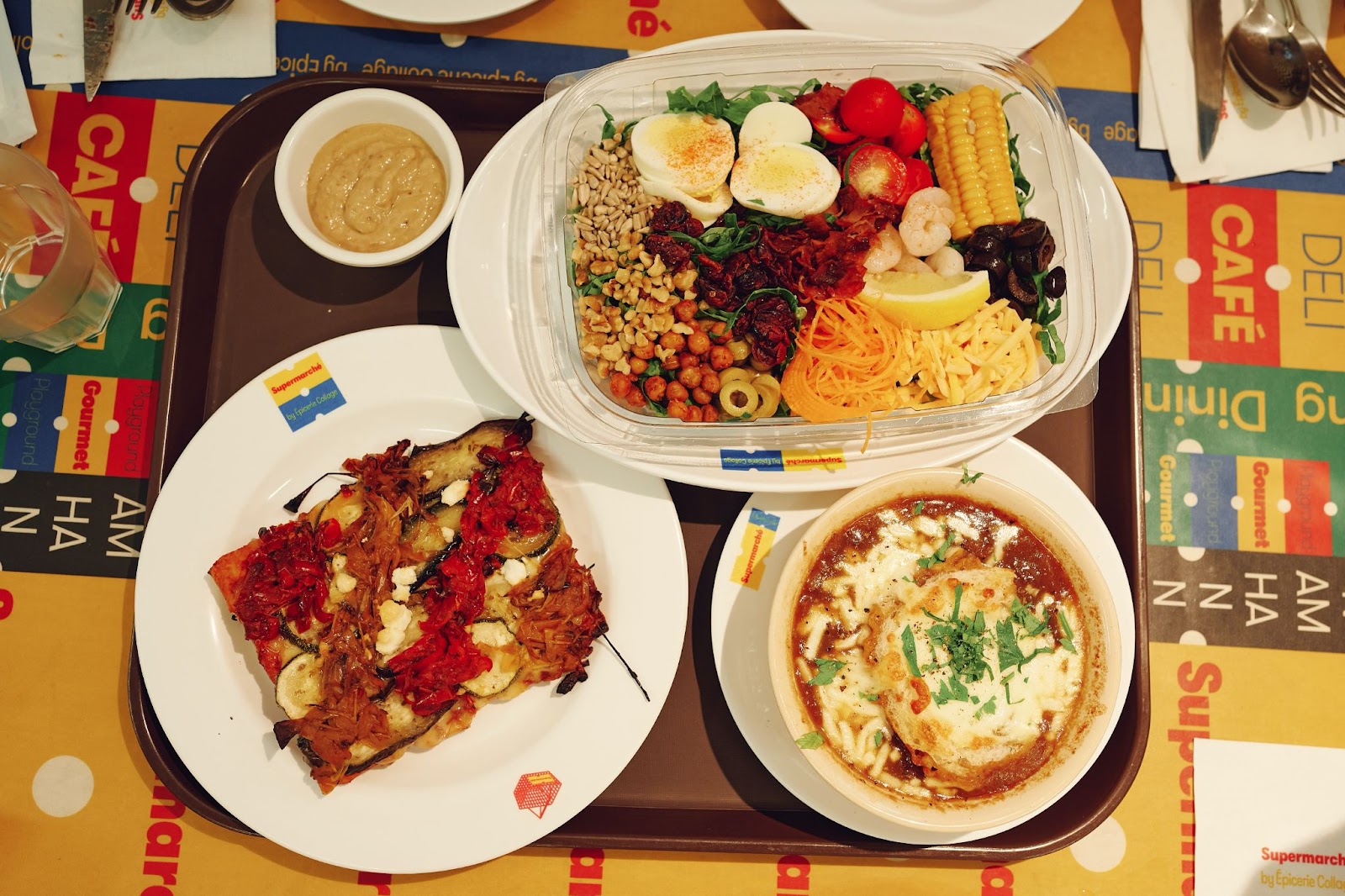Do you want to lose weight? Want to start a ketogenic diet but don’t know where to start? If yes, you are at the right place. In this guide, we will discuss everything you need to know about the keto diet and how you can start a keto plan.
What is a keto diet?
The Keto diet is a low-carb, high-fat diet that promotes weight loss and maintains health. The main goal of opting for a keto diet menu is to replace the body’s primary energy source – carbohydrates with fats. As a rule, a keto diet is very low in carbs, moderate in protein, and high in fat.
When following a keto diet, individuals must obtain energy from 70-80% from fat, 5-10% from carbs, and 10-20% from proteins. When our body runs shortage of energy from carbs, our liver starts to produce ketones – molecules that break down fats for energy instead of carbohydrates. While fat is usually avoided during weight loss programs, research shows that keto diets are significantly more effective at promoting weight loss than low-fat diets.
What is the best ketogenic diet meal plan?
Switching our primary source of energy seems overwhelming. However, it is not that much difficult. All you need to do is set your keto diet menu that restricts your carb intake. While many individuals achieve the ketosis stage just by eating 20 grams of carbs each day, others have to consume more carbs, especially in the beginning.
As a thumb rule, the lower your carb intake, the faster your body will achieve the ketosis stage. That is why it is recommended to individuals who want to reduce weight stick to keto-friendly food items to achieve their fitness goals.
So, what can you eat on a keto diet?
- Eggs, chicken, seafood, meat
- Full-fat dairy products, including cream, yogurt, butter, cheese, etc.
- Nuts, seeds, and avocados
- Healthy fats, including coconut oil, olive oil, avocado oil, sesame oil, etc.
- Non-starchy veggies, including broccoli, mushrooms, tomatoes, greens, etc.
What can’t you eat when following a keto diet?
- Baked food items, including bread, cookies, doughnuts, rolls, etc.
- Sweets and sugary foods, including ice cream, candy, coconut sugar, etc.
- Pasta, noodles, dumplings, etc.
- Starchy veggies, including potatoes, corn, peas, pumpkin, etc.
- Grains, including rice, oats, cereals, and tortillas.
- Fruits, including grapes, banana, pineapple.
- Alcoholic beverages and canned juices.
What are keto-friendly beverages?
Sugar is one of the most common pantry items that has been used for generations. Over 80% of packaged food items contain added sugar. However, refined white sugar can significantly impact our health and prevent us from achieving our fitness goals. Hence, it is recommended to avoid sugary beverages when opting for a keto lunch diet.
However, drinking plenty of liquid is recommended when on a keto diet. So, you can opt for water, sparkling water, unsweetened coffee, or green tea during a keto diet. You can also try adding some keto-friendly flavour combinations, including mint, lemon, etc., to your water to satisfy your cravings.
The Bottom Line
Now that you know how the keto diet helps promote weight loss and what you can and can’t eat on a keto diet, what are you waiting for? Opt for the best keto diet in Australia and take a step toward your fitness goals. However, if you live with a disability and can’t cook your meals on your own, you can contact the NDIS meal provider and ask them for their keto diet menu.
All the Best!







